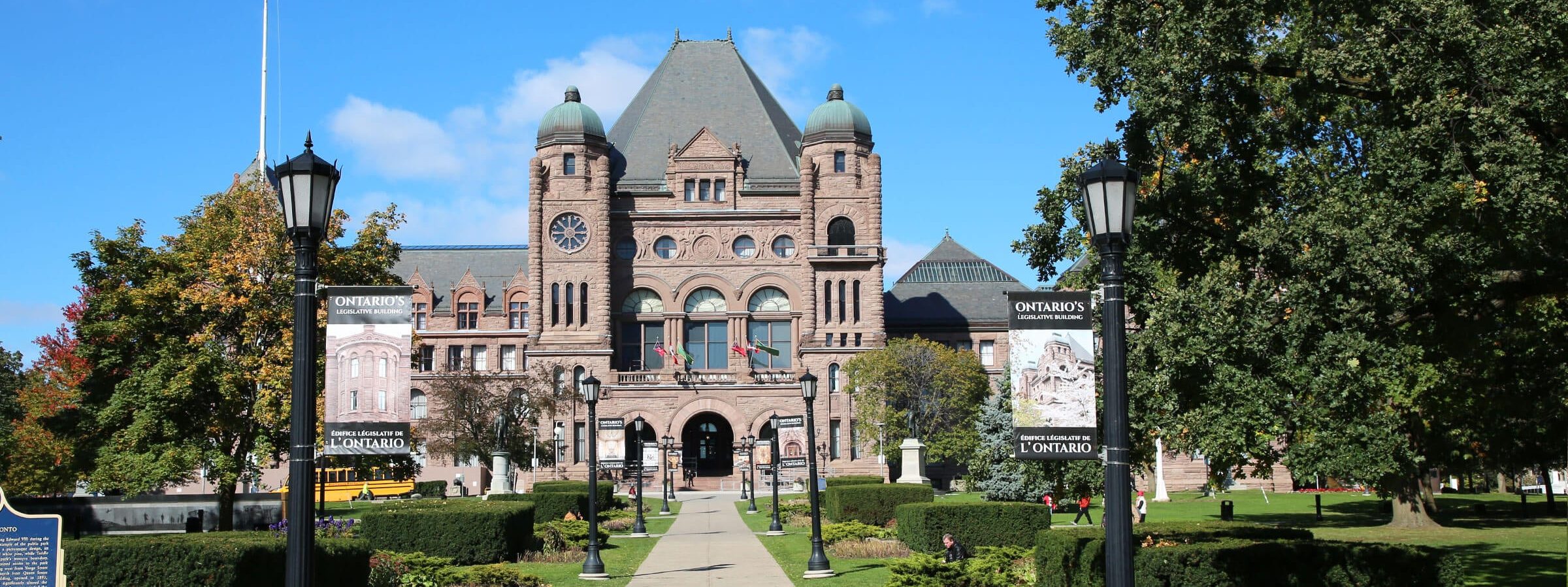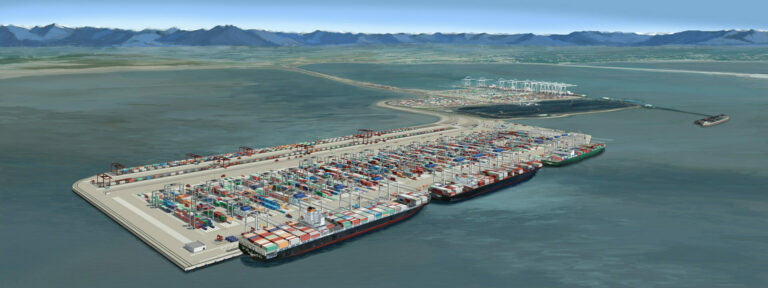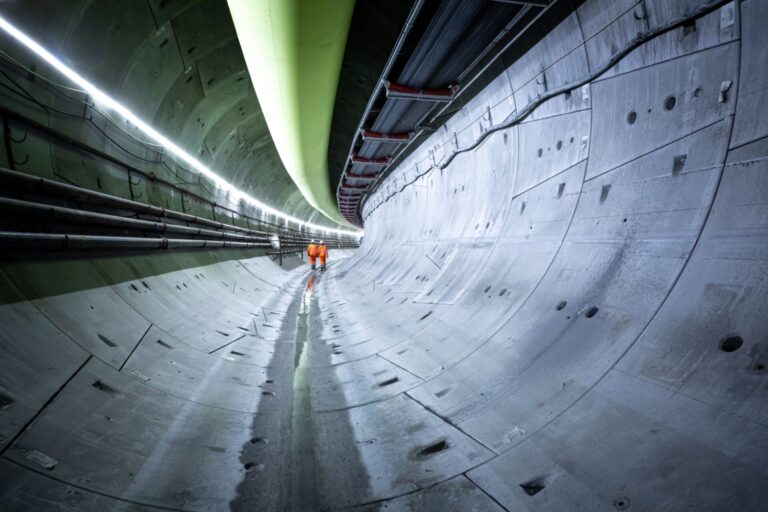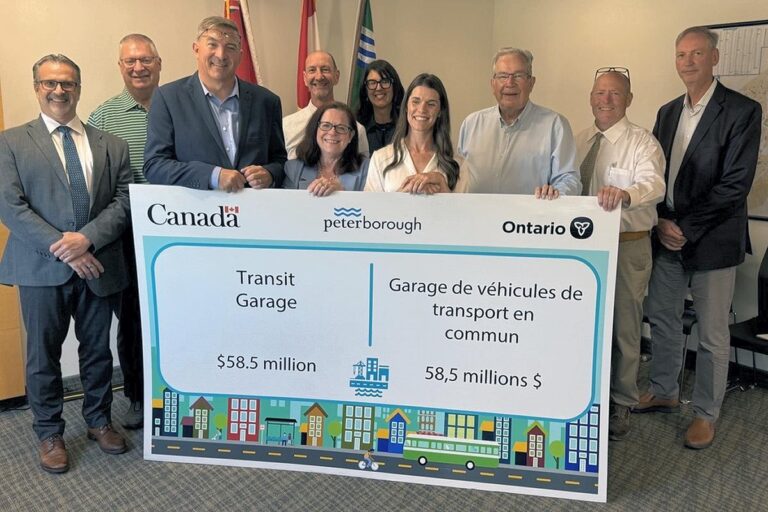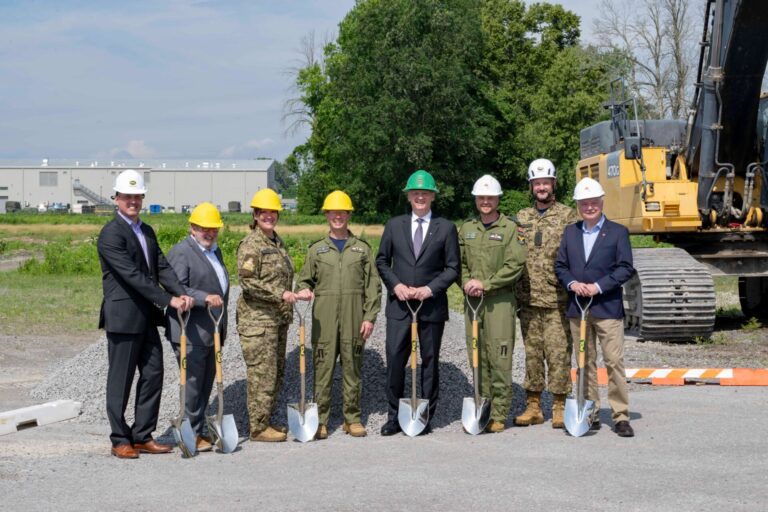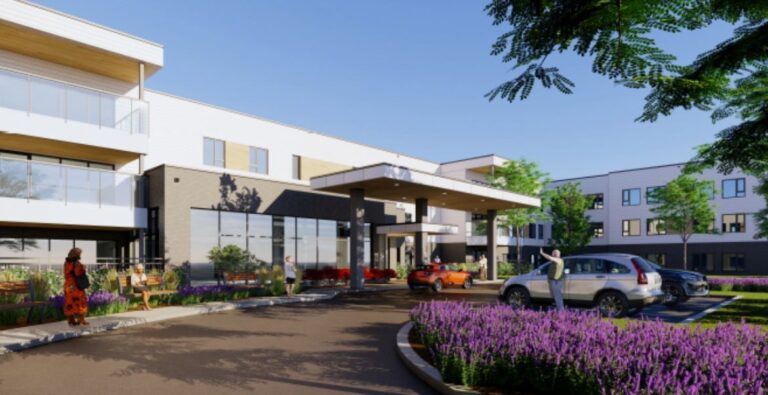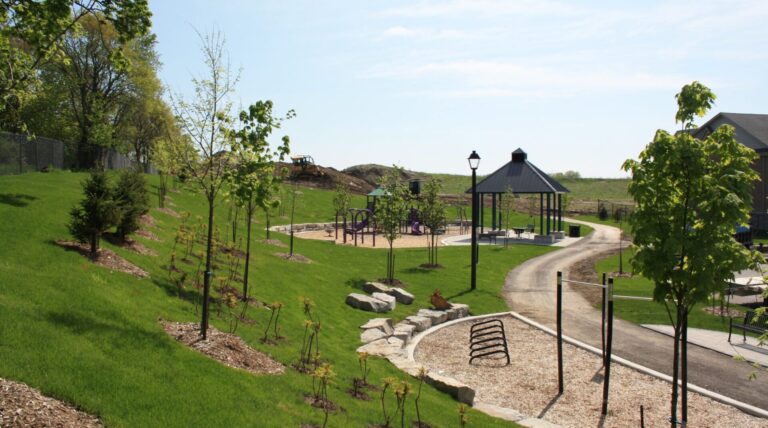Ontario’s Minister of Finance and president of the Treasury Board, Peter Bethlenfalvy, has released the 2021 budget, Ontario’s Action Plan: Protecting People’s Health and Our Economy which outlines the next phase of Ontario’s response to COVID-19 and is the second budget the government has delivered during the pandemic.
“You can’t have a healthy economy without healthy people,” said Bethlenfalvy. “For the past year, we have been focused on protecting people from COVID-19. Many challenges lie ahead. But with vaccines being distributed in every corner of the province, hope is on the horizon.”
The budget features infrastructure investments of $145 billion over the next 10 years, including $16.9 billion in 2021-22. The province has already implemented some measures contained in the budget, including new funding for hospitals and long-term care construction.
The budget builds on the government’s investments in response to the global pandemic, bringing total investments to $16.3 billion to geared toward protecting health and $23.3 billion to protect the economy. Ontario’s COVID-19 action plan support now totals $51 billion.
“When this chapter is finally closed, I’m confident that the people of Ontario are going to unleash the economic growth that is necessary for job creation, prosperity and a stronger province,” said Bethlenfalvy.
Healthcare is the first pillar of the budget. It includes measures for defeating COVID-19, fixing long-term care. “We will continue to invest in our health care system today and for the long term, building on record investments since the start of the pandemic to create more hospital beds, build and improve hospitals, increase testing and fix long-term care,” he said.
Highlights of Ontario’s plan to fix long-term care infrastructure includes $933 million over four years, for a total of $2.6 billion, to support building 30,000 new long-term care beds. Ontario is also investing $246 million over the next four years to improve living conditions in existing homes, including ensuring that homes have air conditioning .
In terms of healthcare infrastructure Ontario is also making investments to support historic hospital expansion and construction projects, including a new inpatient wing at William Osler Health System’s Peel Memorial, and ongoing planning of a new regional hospital in Windsor-Essex.
Protecting the economy is the second pillar of the budget. Highlights of Ontario’s plan to support workers and families, include support with training expenses and other benefits. Small businesses and industries most heavily impacted by the COVID-19 pandemic are also receiving strategic support. To connect homes, businesses and communities to broadband — which COVID-19 has demonstrated is a necessity — Ontario is investing $2.8 billion, bringing the province’s total investment to nearly $4 billion over six years beginning 2019–20.
Communities are also receiving additional support to help preserve vital public services and support economic recovery.
Like economies around the world, Ontario has been significantly impacted by the
COVID-19 pandemic. The province’s real gross domestic product (GDP) is estimated to have declined by 5.7 per cent in 2020. As the economy recovers, Ontario’s real GDP and employment are both forecast to surpass their pre-pandemic levels in early 2022.
Ontario is projecting a $38.5 billion deficit in 2020–21. Over the medium term, the government projects steadily declining deficits of $33.1 billion in 2021–22, $27.7 billion in 2022–23 and $20.2 billion in 2023–24.
The Residential and Civil Construction Alliance of Ontario (RCCAO) is pleased by the province’s commitment to infrastructure and transportation projects reflected in this year’s budget.
“The investments the government is making in critical infrastructure across the board will provide meaningful economic benefits in terms of creating jobs, stimulating the economy and improving the quality of life for Ontarians,” says Nadia Todorova, executive director of RCCAO. “RCCAO supports the many investments highlighted in the budget, including the significant highway expansion and bridge rehabilitation work across the province, the continuation of the necessary investments in broadband infrastructure and the continued progress on the four major transit projects in the region.”

